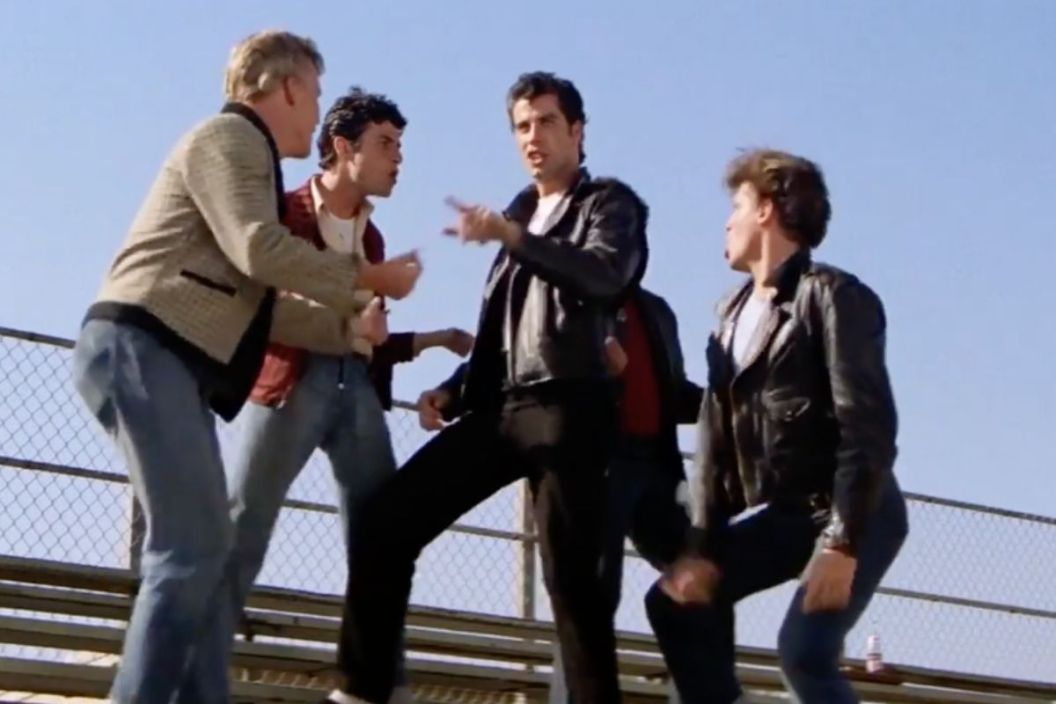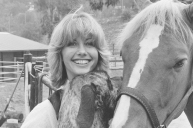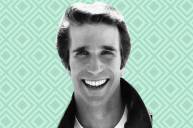The subculture of the "greaser," which permeated American culture in the 1950s and '60s and has been documented many times through popular media, is something with which most people are familiar. When one hears the word "greaser," visuals of a leather jacket-clad John Travolta from Grease or Fonzie from Happy Days may enter the mind. But the greaser culture wasn't just a trend displayed in American movies and television shows. It was a real movement whose participants likely weren't dancing and singing like Grease's Travolta and Olivia Newton-John.
Videos by Wide Open Country
The Origins of the Greaser Culture
The 1950s greaser subculture originated in the United States after World War II when American youths were looking for excitement and forms of self-expression. It began in working-class communities and especially in Italian American, Mexican American, and other Latino communities. Participants of the movement included young men who were sometimes in street gangs or motorcycle biker gangs, but women also participated. The "greaser" term was originally an ethnic slur, but as the youth subculture spread, the term came to describe their unique style, and specifically, their hairstyles.
Read More: A Man Bought Olivia Newton-John's 'Grease' Jacket for $243K and Then Gave it Back to Her
Greaser Fashion
The biggest hallmark of the greaser movement was undoubtedly the classic, now-retro style they embodied. This style featured hair slicked back by gel, wax, or pomade. Different versions of this hairstyle existed, such as the Folsom, the Pompadour and the Elephant's trunk, which was somewhat influenced by Elvis Presley. The greaser look also stood out for its tight t-shirts and different jacket styles, including black leather jackets, denim jackets, high school Letterman jackets, and bomber jackets. The greasers would also wear loose-fitting denim jeans or work pants, as well as motorcycle boots or Chuck Taylor All-Stars. Women greasers also adhered to this look, while often teasing or coiffing their hair.
Another intricate part of the greaser subculture was music, and many greaser youths enjoyed doo-wop and the rock n' roll and rockabilly music of the age.
Representations In Pop Culture
The previously-mentioned pop culture examples of greaser culture, such as Grease and Happy Days, were both produced long after the greaser culture was over, in 1978 and 1974, respectively. These productions allowed people to see the culture in a retrospective view after the movement was over. However, there were many representations of greaser culture in American media while the trend was at the height of its popularity. Examples of these include Marlon Brando's portrayal of character Johnny Strabler in the 1953 film, The Wild Ones, and James Dean's Jim Stark in 1955's Rebel Without A Cause. The latter film contributed to Dean becoming a cultural icon and a portrait of greaser culture. Other representations of greaser culture in American media include The Outsiders (book, film, and TV series), The Wanderers, Blackboard Jungle, and Cry-Baby.
Other trends similar to greaser culture tend to come and go, such as the modern hipster trend, but nothing will surely ever capture the nuance of the original greasers. While the '50s greaser movement may be long gone, it can still be relived through the movies and TV shows that highlight it.
Now Watch: A Man Bought Olivia Newton-John's 'Grease' Jacket for $243K and Then Gave it Back to Her




